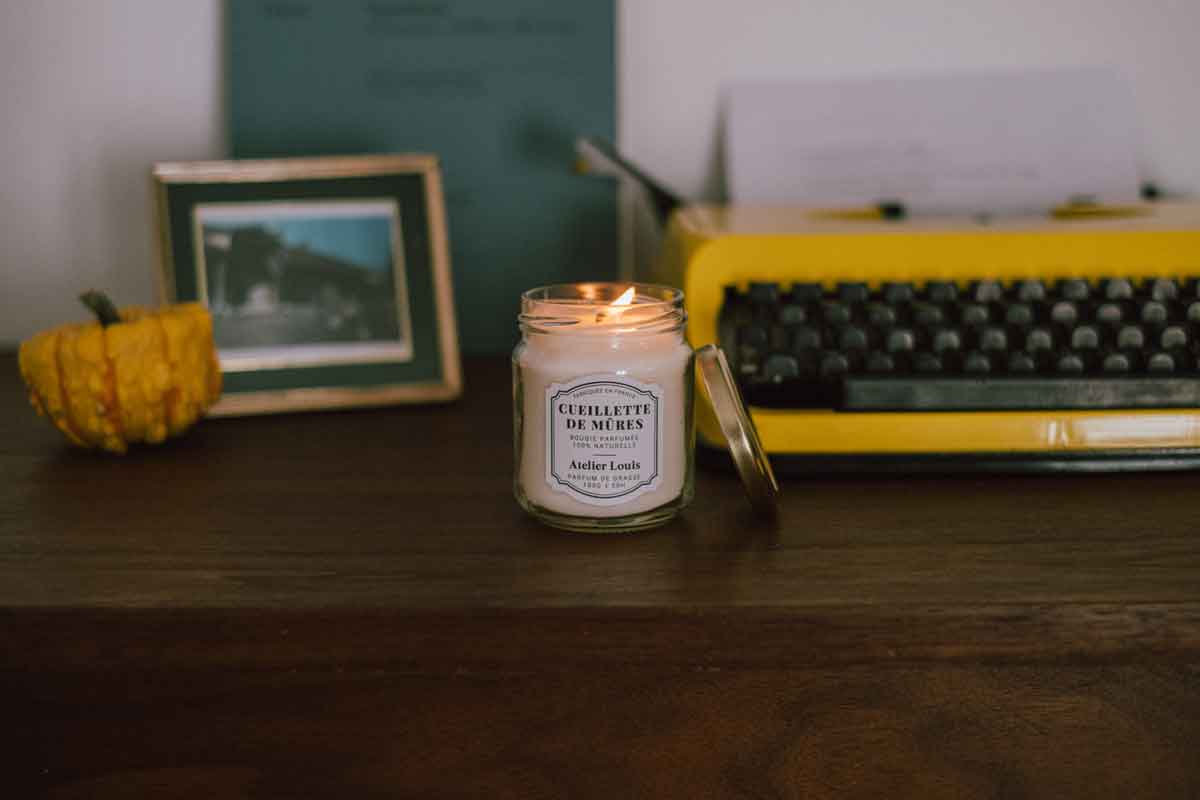Essential Oil, Candles, and Danger: What You Really Need to Know
Scented candles made with essential oils are experiencing a real boom. They're often associated with a natural, soothing, and even therapeutic world. But one doubt remains: is this combination truly risk-free? Should you be concerned when you see the phrase "essential oil candle danger" pop up in search engines? Here's a breakdown.
1. What is an essential oil?
1.1. A concentrated essence of nature
An essential oil is a highly concentrated aromatic extract obtained by steam distillation or cold pressing of certain plants, flowers, bark, or zest. For example, it takes approximately 4,000 kg of lavender flowers to obtain 1 liter of essential oil! This concentrate contains hundreds of active molecules, which give the essential oil its properties (calming, antiseptic, stimulating, etc.).
1.2. A power that requires caution
Essential oils are not classic perfumes: they are true extracts of medicinal plants. Their action can be powerful, even irritating or toxic in high doses. This is why they are never used pure on the skin without medical advice, nor for prolonged diffusion. Some, like cinnamon or clove, are dermocaustic (they burn the skin). Others are neurotoxic for young children.
1.3. Very varied, but codified uses
Essential oils are used in aromatherapy, cosmetics, cooking, and household products. But for each use, strict rules apply: dilutions, durations, and at-risk populations. For example, an essential oil may be safe for cosmetic use but toxic when diffused. Hence the importance of understanding them well before burning them in a candle.
2. Why combining essential oils and candles can be problematic
2.1. Combustion alters essential oils
When you burn a scented candle with essential oil, you heat the aromatic molecules intensely. However, heat alters their chemical structure, sometimes generating irritating or even toxic compounds. For example, a gentle oil like lavender can, if improperly heated, produce small amounts of formaldehyde. This doesn't mean you should throw everything away, but it does mean that the formulation must be controlled.
2.2. Dosages often not adapted
Some industrial candles contain excessive amounts of essential oils, or, conversely, are blended with dubious solvents or synthetic fragrances. The result: side effects such as headaches, allergies, or a sore throat can occur. Sometimes, the label "essential oils" is even used when these are simply artificial aromas.
2.3. Certain oils should not be used in hot diffusion.
Not all essential oils are meant to be burned. Citrus-based oils (orange, lemon, bergamot) are highly volatile and sensitive to heat, making them unstable when burned. Others, such as thyme or sage essential oils, are very potent and should be avoided when diffusing in children's bedrooms or poorly ventilated rooms.
To learn more about potentially hazardous substances, see our article: CMR Substances and Phthalates: Why We Avoid Them
3. How to enjoy a scented candle safely
3.1. Opt for non-toxic natural waxes
The candle base is as important as the fragrance. Paraffin (derived from petroleum) should be avoided, as it releases harmful compounds. Instead, opt for vegetable waxes like rapeseed, soy, or coconut wax, which are unbleached and GMO-free. For example, at Atelier Louis, we use European rapeseed wax, which is biodegradable and free of chemical treatments.
3.2. Choose carefully formulated candles
A safe scented candle isn't just about a beautiful scent: it's about achieving a true balance between the type of wax, the wick, the melting temperature, the fragrance content, and the compatibility of the oils. That's why we work with perfumers in Grasse, who are free of phthalates and CMR (carcinogenic, mutagenic, and reprotoxic) substances.
3.3. Adopt good user habits
To enjoy your candles safely, ventilate your room regularly, never leave a candle burning for more than 2 hours at a time, and don't sleep with a lit candle. Also, avoid lighting several at the same time in a small room. Finally, even a natural candle can give off black smoke if the wick is too long: remember to trim it regularly!
The "essential oil, candle, and danger" trifecta shouldn't cause panic, but should encourage conscious choices. A poorly designed or misused candle can be irritating, but a well-formulated, handcrafted candle made with safe raw materials can be a true ally for well-being.
Discover our collection of natural and artisanal candles , designed to perfume your home without compromising your health.
At Atelier Louis, we make it a point of honor to offer candles that respect your health, the environment, and olfactory pleasure.

